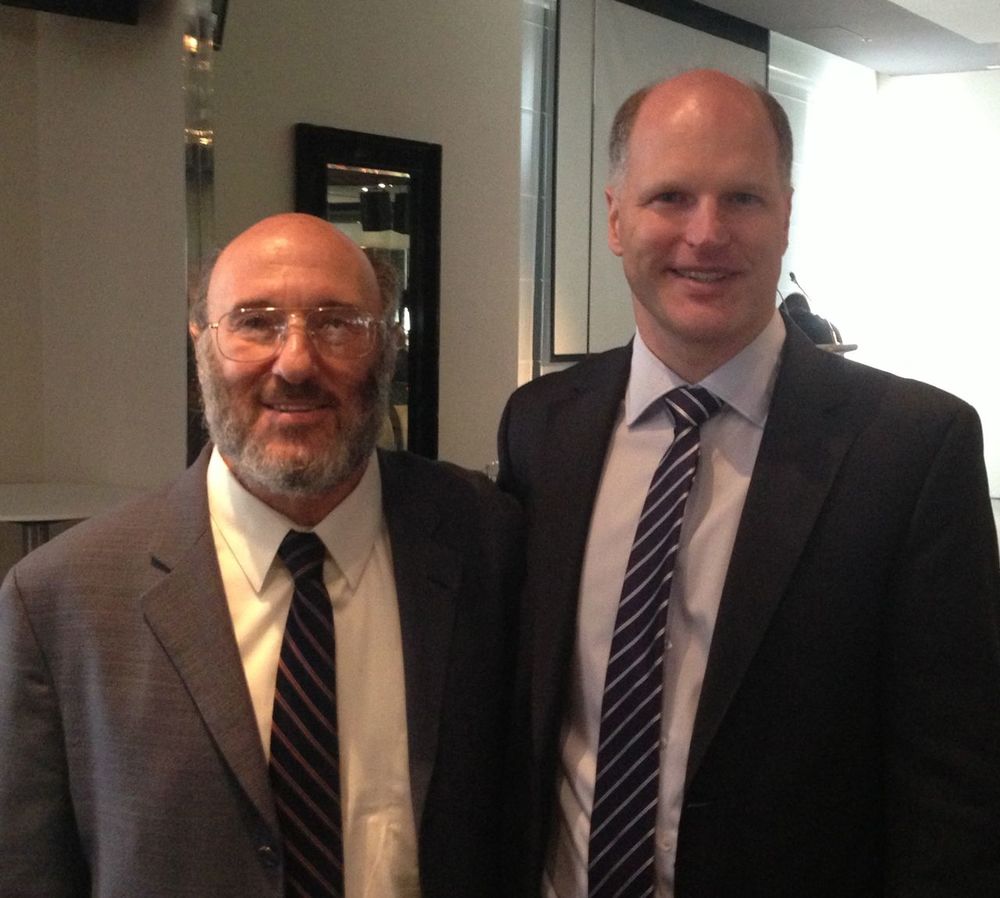Some misplaced explanations of bitcoins as tradable units
/This is an excerpt from Chapter 8, “Some illusions of enlightened explanations,” in my book, Are Bitcoins Ownable: Property Rights, IP Wrongs, and Legal-Theory Implications.
As important as it is to gain at least a basic technical understanding of Bitcoin, attempts to describe what its tradable units “really” are, as elaborated from some allegedly more enlightened perch, can sometimes distract more than aid when applying economic and legal concepts. For example, pundits discussing whether bitcoin falls under what they each consider to be “money” or not sometimes explain that bitcoin is really just a “ledger entry” or a “protocol token,” a harmless technical artifact of a promising new “blockchain technology.”
Whatever the root of or strategy behind such discourse, however, a bitcoin buyer does not in fact seek a share in a distributed ledger or any other such tortured monstrosity. He wants to buy a bitcoin in the same sense that he might want to buy a grapefruit. He in no way sets out toward the market to buy a share of a global orchard cooperative that also happens to entitle him to one grapefruit that day.
 Molecular diagram of grapefruit mercaptan. Tasty.Nor is it relevant that a grapefruit is “really” organic molecules, water, and some other substances. For that matter, a physicist might go further and insist that a grapefruit is “really” nothing but some occasional quarks suspended in vast stretches of empty space. All such misused reductionism is irrelevant to understanding the buying and selling of grapefruit. It likewise has no bearing on whether grapefruits can be eaten without being paid for and how or if people ought to react if they are.
Molecular diagram of grapefruit mercaptan. Tasty.Nor is it relevant that a grapefruit is “really” organic molecules, water, and some other substances. For that matter, a physicist might go further and insist that a grapefruit is “really” nothing but some occasional quarks suspended in vast stretches of empty space. All such misused reductionism is irrelevant to understanding the buying and selling of grapefruit. It likewise has no bearing on whether grapefruits can be eaten without being paid for and how or if people ought to react if they are.
 Really just quarks and empty space (Wikimedia Commons, Aleph)Economic theory and legal theory are fields concerned with human acts, such as acquiring, holding, trading, and stealing. Action is marked by verbs. If one is interested in understanding the grapefruit market, one does not seek first to master grapefruit-tree cellular biology, let alone quantum mechanics. It is sufficient for economics to view those grapefruits actually being traded as the relevant goods, the production, pricing, and distribution of which are to be examined using economics methods.
Really just quarks and empty space (Wikimedia Commons, Aleph)Economic theory and legal theory are fields concerned with human acts, such as acquiring, holding, trading, and stealing. Action is marked by verbs. If one is interested in understanding the grapefruit market, one does not seek first to master grapefruit-tree cellular biology, let alone quantum mechanics. It is sufficient for economics to view those grapefruits actually being traded as the relevant goods, the production, pricing, and distribution of which are to be examined using economics methods.
This implies the importance of taking care in selecting which fields of knowledge, aspects of the phenomenon, and “layers” of reality are the most relevant to consider in understanding what bitcoin “really” is, including with regard to whether it is ownable.
One must also proceed with caution in applying analogies. For example, it is easy to view bitcoin as just like other digital blips buzzing around the internet. However, it should be emphasized that buying a bitcoin is not like buying other digital goods, such as a copy of a song file. One does not buy a copy of a bitcoin, but a bitcoin itself. A bitcoin seller no longer possesses the bitcoin in question after the sale (and contextually sufficient confirmations). When one buys (a copy of) a song file, in contrast, the possessor retains copies from which to make more copies.
Most digital goods, such as documents and song files, are nonrival. They can be copied. Multiple people can use multiple copies simultaneously. “Stealing a copy” leaves the original as it was. It is not gone after being “stolen.”
Likewise, not only can a whole blockchain be copied, but some key part of its value derives from its actually being so copied and distributed with redundancy to numerous independently operated locations. A signed bitcoin transaction is also a short digit string that can be copied, sent, and resent around the globe in fractions of seconds. These are nonrival goods, as are cryptographic signing keys. With nonrival goods, one person can have one copy and another person can have another copy and each person can control these respective copies independently and simultaneously.
However, this is not the case with bitcoins. A bitcoin cannot be copied in any such way. It is rival in the same sense as a physical object or spatial location. In addition, a bitcoin cannot be sufficiently described as “just a ledger entry” because a ledger entry records something. This formulation alone does not yet explain what it is that is recorded.
From a unit perspective, bitcoins function as a digital monetary commodity according to strict economic-theory definitions. From an integral perspective, the units are inseparable aspects of the Bitcoin blockchain. They cannot exist without it and it does not exist without them. There is a nondualistic relationship between bitcoin units and the Bitcoin blockchain; while they are distinguishable conceptually, they are not separable in reality.






